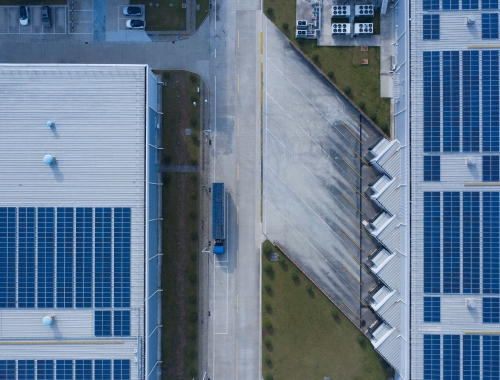China's energy consumption to peak between 2030-2035: Sinopec
SUMMARY
The primary energy consumption is expected to peak at approximately 6.03bn metric tons/year of standard coal.
By Shardul SharmaPOSTED IN:
China’s primary energy consumption is expected to peak at approximately 6.03bn metric tons/year of standard coal between 2030 and 2035, and reduce to about 5.6bn mt/yr of standard coal in 2060, according to Sinopec’s China Energy Outlook 2060 published on December 29.
This report is Sinopec’s first publicly released research findings of their medium and long-term energy outlook, which according to the company, provides a new perspective for the scientific planning of transformation and development of China’s energy and chemical industries. This is the context of the “Dual-Carbon” goals laid out by the Chinese government, with the core goal of achieving carbon neutrality by 2060, Sinopec added.
According to the report, the energy-related carbon emissions are expected to peak at around 9.9bn mt/yr by 2030 after excluding the carbon sequestration of raw material energy use and drop to 1.7bn mt/yr in 2060, achieving carbon neutrality through carbon capture usage storage (CCUS) technology, and carbon sinks, amongst other methods.
The report, detailing China’s energy consumption and carbon emission projections of major stages leading to 2060, has put forward the concept of an “energy balance triangle” based on the research of the history of global energy development, key factors influencing energy transformation, major trends, and the future path of energy development.
“The Outlook is Sinopec’s latest achievement in exploring the high-quality energy development in China and reflects our observations and understandings on the laws of energy evolution with systematic judgement on the future trends of China’s energy development,” said Zhao Dong, president of Sinopec. “We hope to work with all partners to further strengthen academic exchanges and deepen all-round cooperation to promote more high-quality energy research and results, and contribute to accelerating the planning and construction of a new energy system and safeguard national energy security.”








